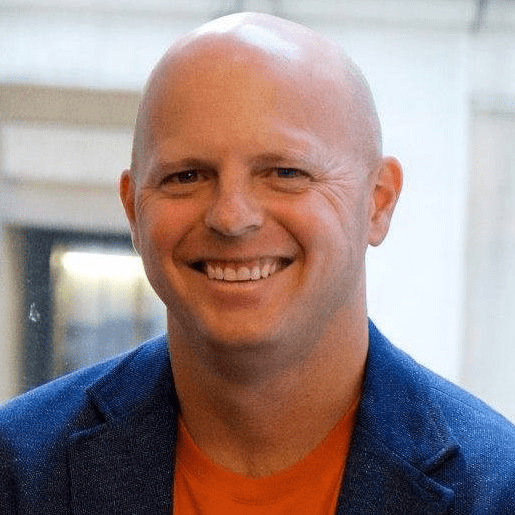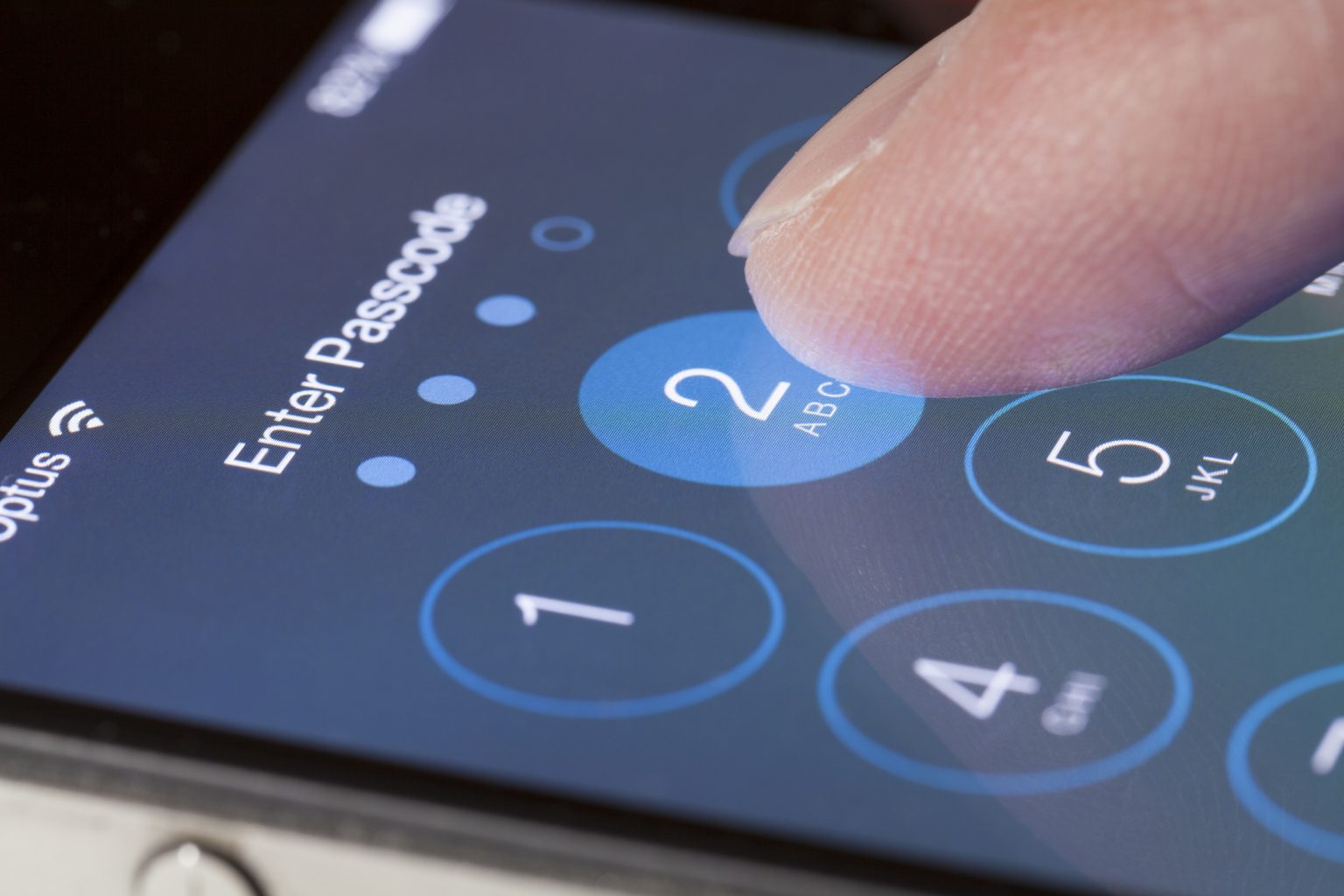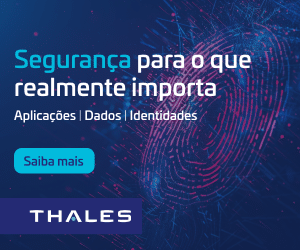Privacy and security are not the same thing, although they’re related. Privacy is about your data staying yours, and not being shared or transmitted without your knowledge
By John Koetsier

Security is about your computer or device not getting compromised, infected, or hacked.
Sometimes the two are at odds.
“Macs, by default, send a tremendous amount of data to Apple,” security researcher and self-described hacker Jeffrey Paul told me recently on the TechFirst podcast, focusing on a Mac technology called Gatekeeper. “Gatekeeper … uses a system called OCSP which checks on each app launch, whether or not the app that you’re launching is malware or is known to be malware to Apple. And it does that using the network … but these checks were being transmitted unencrypted.”
To break it down: Apple created a system called Gatekeeper, which is designed to ensure that only safe software runs on your Mac. It does that by phoning home to Apple fairly regularly with data on the developer of the apps that you are using. The goal: checking whether they are approved, known good developers who have not released spam or malware.
That’s security.
Unfortunately, the makers of Gatekeeper used internet-standard protocols when implementing this security feature, and at the time, that meant sending data unencrypted.
Since most developers on the Mac have only a single app, Paul says, that’s as good as sending up a flare with with data on what apps you’re using. Not only was the data sent unencrypted, Gatekeeper intentionally bypasses VPNs, or virtual private networks, which means you can’t hide your activity even if you work fairly hard to.
That’s privacy — or lack thereof.
It’s hard to say how many users it affects, but it’s likely over 100 million. Apple CEO Tim Cook announced that there were more than 100 million active Macs worldwide in late 2018. Apple shipped almost 18 million Macs in 2019, and probably more than that in 2020, as laptop sales have jumped due to a rise in working from home offices. All Mac owners running Mac OS X Catalina (released in 2019) or later are using Gatekeeper, whether they know it or not.
The contents of the privacy leak are not particularly egregious: it’s not your name, passwords, credit cards, biometrics, or anything like that. But it is a continuous and ongoing window into everyday behavior that most Mac users don’t know exists.
And for some, it could be dangerous.
“There’s a small percentage of people in our society that absolutely need free speech and absolutely need privacy because they change the world,” says Paul. “They’re labor organizers, or political organizers, or they’re speaking truth to power, or they’re investigative journalists investigating corrupt government or corrupt military, and things like that require privacy.”
These people could be using apps or services that enhance privacy, for example, like the Tor Browser. Isolating them, with their IP addresses (which can yield location data) would be trivial for the NSA or other governmental organizations. Tracking them from location to location would reveal patterns of movement.
In the U.S., it’s illegal for Apple to keep your data private from the government if the government asks for it, Paul says. The U.S. government doesn’t exercise that power very frequently: Apple’s transparency report shows that from July to December 2019, the U.S. requested data from Apple on its customers 5,271 times. There’s no data yet on 2020.
But ultimately, the government doesn’t even need to ask.
“Because they were transmitted unencrypted, the military surveillance organizations that monitor all this traffic that runs across the internet backbones and ISPs, they’re going to save this forever,” Paul told me. “So Apple might delete all the data, Apple might stop logging all the data, but the last two years of your pattern of life data, what you open when and where and from which IPs, that’s going to be saved by the NSA forever.”
Apple did quickly respond to Paul’s concerns with both an explanation and policy changes.
“Gatekeeper performs online checks to verify if an app contains known malware and whether the developer’s signing certificate is revoked,” the company said. “We have never combined data from these checks with information about Apple users or their devices. We do not use data from these checks to learn what individual users are launching or running on their devices.”
In addition, Apple promised to launch a new encrypted protocol for developer certification checks and a new preference for customers to opt out of these security protections.
Both are big steps.
One other thing Apple committed to: beefing up the servers that run Gatekeeper. The privacy breech that Gatekeeper represented only recently became obvious because in November, phoning home failed. Macs attempting to contact Apple servers to check if downloaded software was clean couldn’t get through.
Apple uses OCSP (Online Certificate Status Protocol) to manage the communication, and when it failed, Apple computers became slow and unresponsive.
The preference that Apple committed to developing is a bigger step than it appears. The preference will allow customers to opt out, which will make them more vulnerable to malware and hacking.
“Apple has put in a tremendous amount of time and effort and resources into keeping their devices — and when I say their devices, your devices that you purchase from Apple that have Apple’s logo on it — keeping their devices free of malware,” Paul says. “Apple is the leading platform for prevention of malware. It’s also the leading platform for Apple-related censorship.”
And that’s the ultimate quandary.
Apple can ensure that its products are free from tamping and hacking with a high degree of certainty when it controls what software can run on them. This is the App Store model for iPhone, and it’s partially replicated on the Mac, with the Mac App Store, and with Gatekeeper, which checks developer bona fides even for non-Mac App Store applications.
But it can only do so by exerting a degree of control over the products that it sells to its customers that at some level impacts customer privacy, and at another level potentially turns a general-purpose computing device into a specific tool with a limited number of capabilities: an appliance.
That’s essentially the iPhone.
“On iPhones, you cannot wipe and reinstall an iPhone without the iPhone talking to Apple … transmitting a serial number at Apple,” Paul says. “On an iPhone, even software that you have produced yourself from scratch cannot run on an iPhone without connecting to Apple over the internet and obtaining permission to do so first. Now, this makes this platform virtually free of malware. It also makes it virtually free of dissent against Apple.”
But now, the Mac will not fully follow that model.
Committing to a preference that Apple customers can opt out of having their Macs phone home to check on the safety of apps you’re running is a step towards freedom and openness: maintaining the Mac, like a Windows PC, as a platform on which you can run any software you wish.
But privacy does come at a cost. And the price, ultimately, could be security.
Soure: Forbes
Data protection & digital identification – the current status in Europe
Is quantum computing a cybersecurity threat?
The Future of Privacy – Why Using and Protecting Personal Data Is a Vital Business Imperative






























